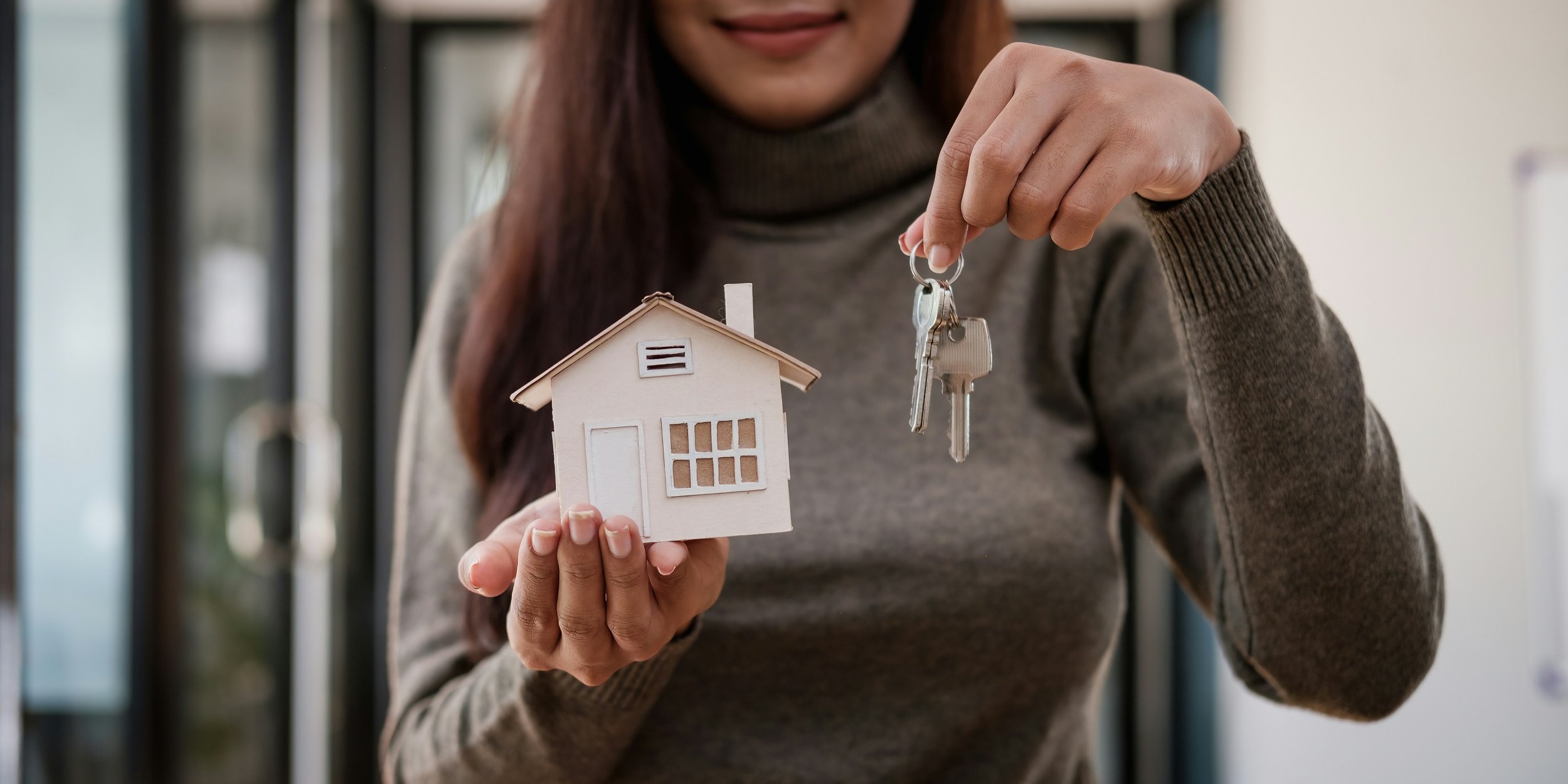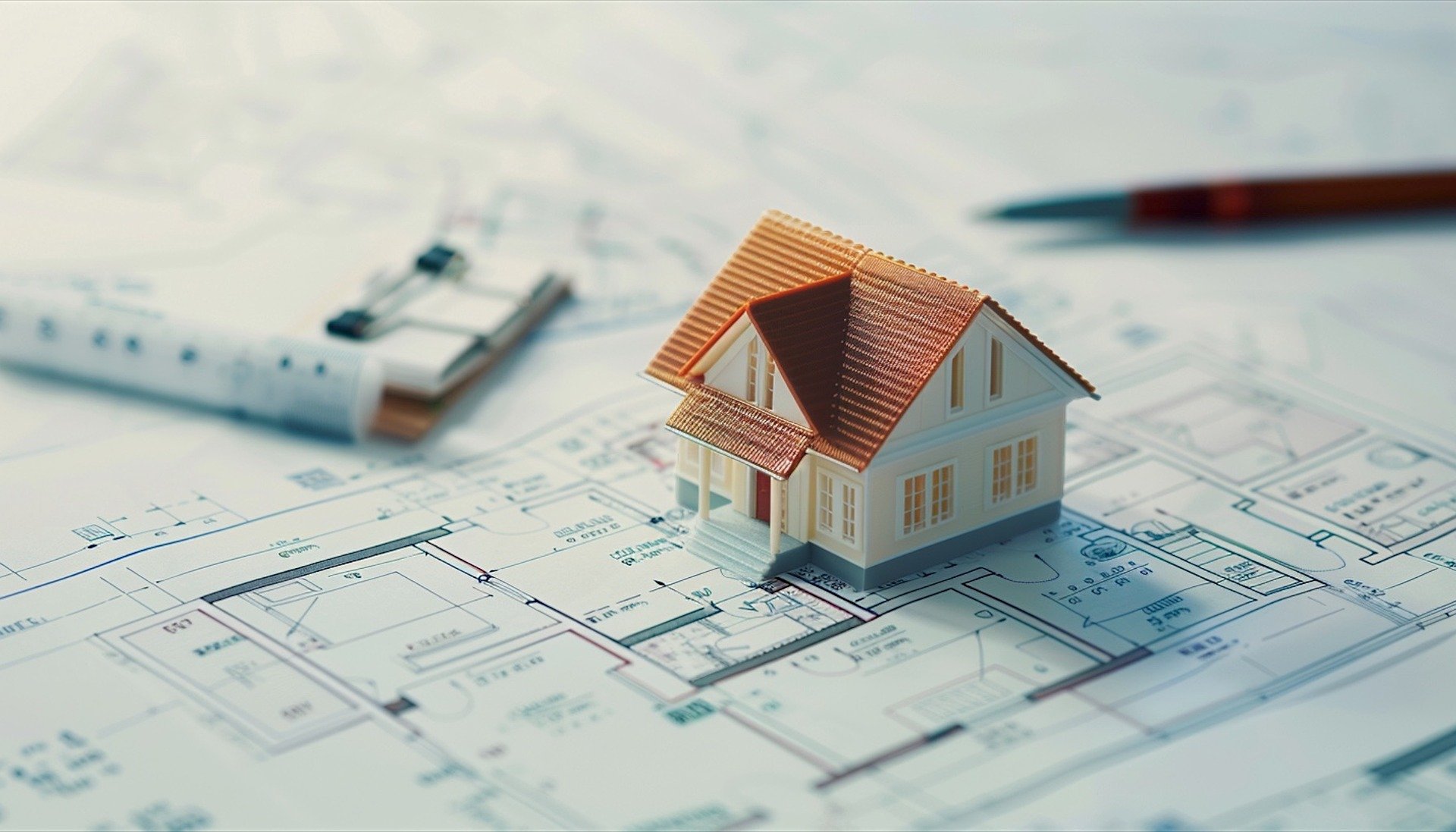What Happens During the Final Walk-Through Before Closing?
Discover what to expect during the final walk-through before closing on a home, including key steps to ensure everything is in order.
It is fair to say that buying a home is exciting and stressful in equal measure. There are numerous steps along the way that need to be negotiated before you get the keys.
As someone like Affordable-Closings will tell you, one of the very last, and most important steps, is the final walk-through. This typically occurs just before closing and gives the buyer one last opportunity to inspect the property to ensure it’s in the agreed-upon condition.
But what exactly happens during a final walk-through, and why is it so crucial?
Let’s break down everything you need to know about this essential step in the home-buying process, including what to look for, common issues, and how to handle any surprises that may arise.
What Is the Final Walk-Through?
The final walk-through represents a chance for the buyer to visit the property one last time before closing to confirm that the condition of the home matches the terms of the contract. It's not a home inspection, but rather a final check that everything is as it should be. Some aspects to confirm during this visit include:
Repairs have been completed as agreed upon.
No new issues have arisen since the last visit.
The property is vacant and clean.
included appliances and systems are in working order.
This walk-through typically happens in the last 24 to 48 hours before closing, allowing time to address any last-minute issues.
Why Is the Final Walk-Through Important?
Be warned, skipping the final walk-through could result in unwelcome surprises after moving in, such as incomplete repairs, missing appliances, or new damage to the property. Here are a few key reasons why the final walk-through is critical:
Verification of Repairs: It’s your chance to ensure that any repairs requested during the home inspection have been completed to satisfaction.
Check for Damage: Confirms that no new damage has occurred since the last visit, such as water damage from a leak or damage from moving furniture.
Appliance and System Check: Verifies that all agreed-upon appliances and home systems (like heating, air conditioning, and plumbing) are functioning properly.
Contract Compliance: Verifies that the seller has met all conditions of the sales contract, including leaving the home in the agreed-upon condition.
It is important to understand that the final walk-through is essentially a safeguard for the buyer. It provides certainty that everything is in order before completing the transaction.
What Should You Bring to the Final Walk-Through?
Preparation is key to a successful final walk-through. Here’s what you should bring along:
Sales Contract: This provides a reference to verify what should be included in the sale and in what condition the property should be delivered.
Home Inspection Report: To review any agreed-upon repairs or improvements.
A Checklist: A detailed checklist can help ensure you don’t miss anything. This should include items like checking appliances, plumbing, HVAC systems, and looking for damage.
Your Real Estate Agent: It’s helpful to have your agent present to address any questions or issues that may arise.
If possible, bring a phone or camera to document the condition of the home during the walk-through.
What to Look for During the Final Walk-Through
During the final walk-through, it’s essential to be thorough. Here are some key areas to focus on:
Repairs:
Verify Repairs: Check that all agreed-upon repairs have been completed. Request documentation for any repairs or services performed, such as receipts or warranties.
Quality of Work: Confirm that all repairs have been done to a satisfactory standard, not just quick fixes.
Appliances:
Test Each Appliance: Turn on major appliances, such as the refrigerator, stove, dishwasher, washer, and dryer, to check they’re working properly.
Also, check for any missing Items by confirming that all appliances included in the sale are present and in the expected condition.
Plumbing and Electrical:
Check Faucets and Toilets: Run all faucets and flush toilets to ensure there are no leaks or blockages.
Test Lights and Outlets: Turn on lights and test electrical outlets to ensure everything is functioning properly.
HVAC Systems:
Test Heating and Cooling: Verify that the HVAC system is operational by testing both heating and cooling modes.
Doors and Windows:
Open and Close Doors/Windows: Check that all doors and windows open, close, and lock properly. Look for any signs of damage or drafts.
Walls, Ceilings, and Floors:
Inspect for Damage: Look for any cracks, holes, or water damage in the walls, ceilings, and floors that may have appeared since the last visit.
Cleanliness and Trash:
Check Cleanliness: Make sure the home has been cleaned and all personal belongings from the previous owner have been removed.
Check for Debris: Make sure no trash or debris is left behind, including in the garage, attic, and yard.
What to Do If Issues Are Found
Finding an issue during the final walk-through can be frustrating, but there are steps you can take to resolve them.
Firstly, you need to document any issues found. Take detailed notes and photos of any problems you encounter. This documentation can be useful when discussing the issues with your real estate agent or the seller.
Inform your agent immediately about any issues. They can negotiate with the seller to resolve the problems before closing or, in some cases, request a delay in closing until the issues are addressed.
There are options open to you for resolving any issues satisfactorily.
The most obvious fix would be to ask the seller to fix the issues before closing. You could negotiate a credit or price reduction to cover the cost of repairs.
Or the least preferable option would be to delay closing. However, If the issues are significant, you may opt to delay the closing until the problems are resolved.
In most cases, the seller will want to resolve any issues quickly to avoid delaying the sale.
Without doubt, the final walk-through is a critical step in the home-buying process. It is there to give you peace of mind before you close on your new home. By taking the time to thoroughly inspect the property, you can ensure that everything is in order and that there are no unexpected surprises after you move in.
Follow these critical steps and you’ll be well-prepared to close on your new home with confidence.


















